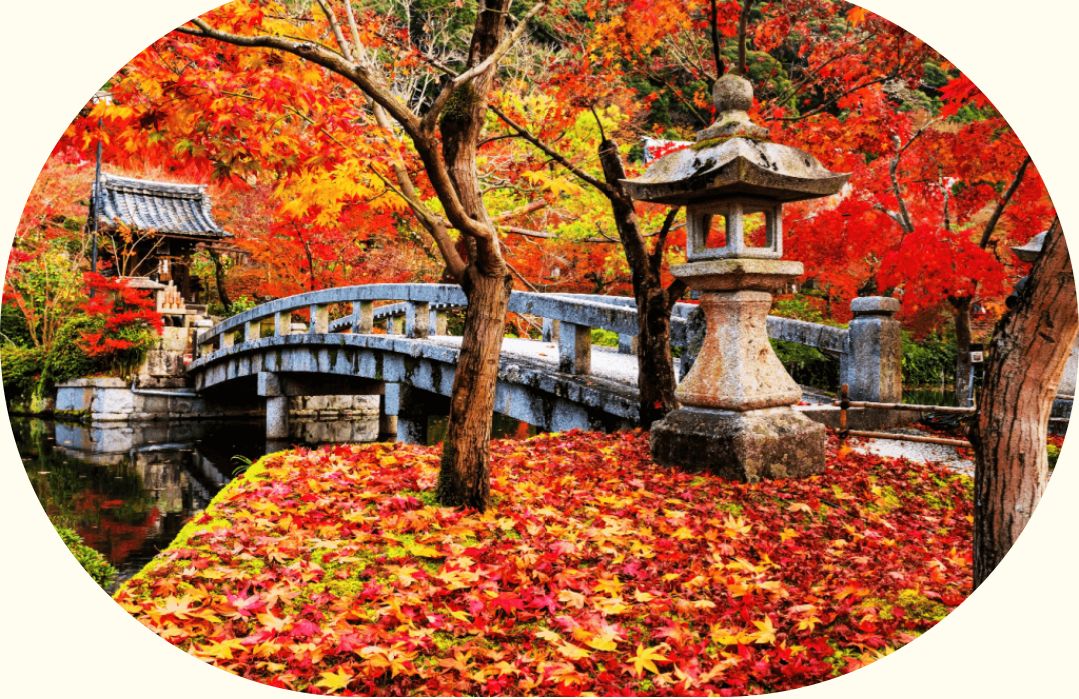Day 18
Diterbitake: 17.10.2024
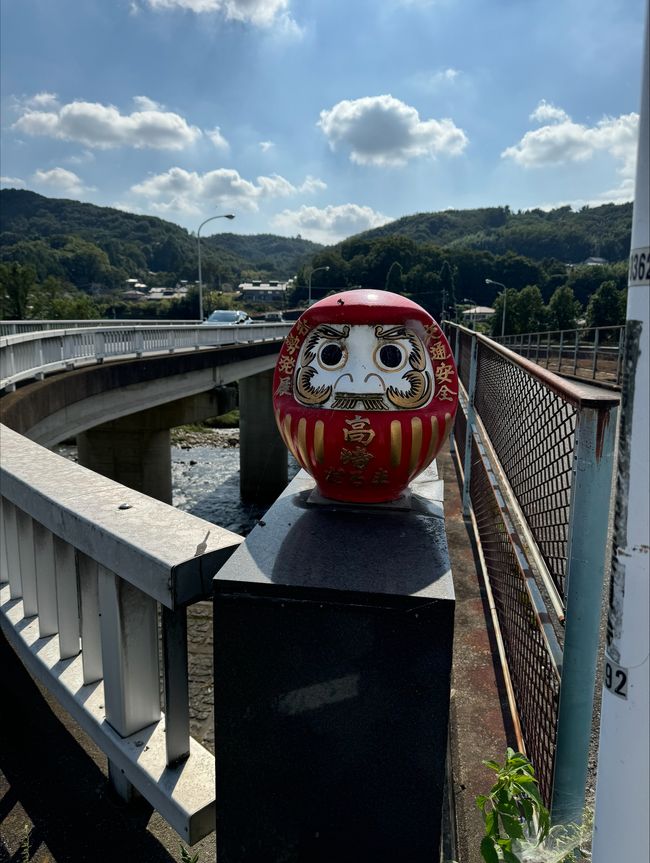

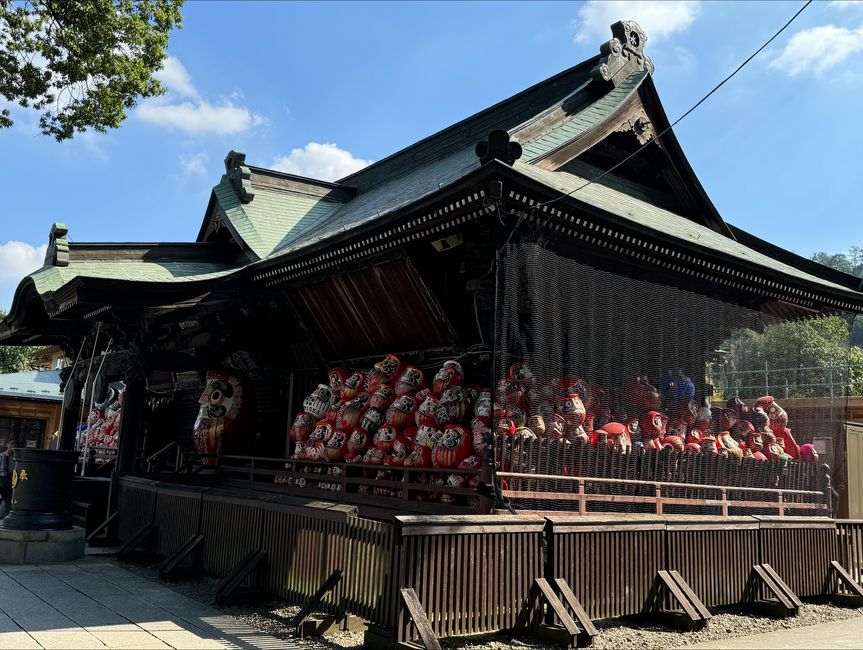
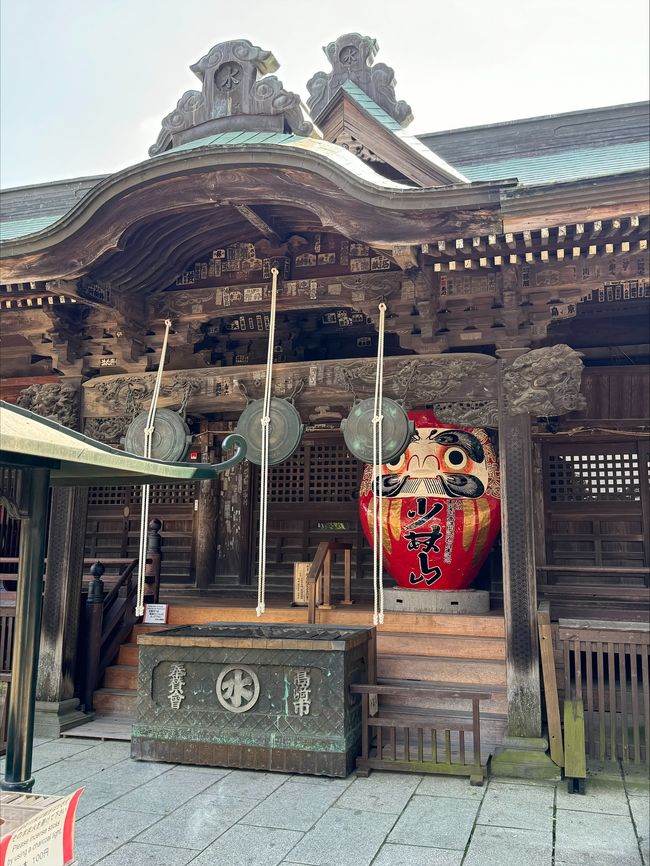
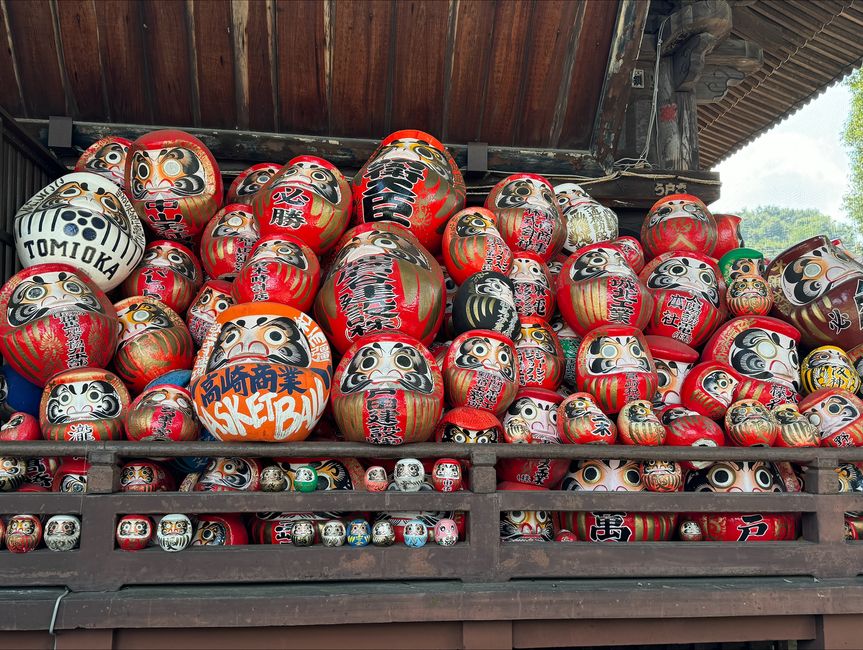

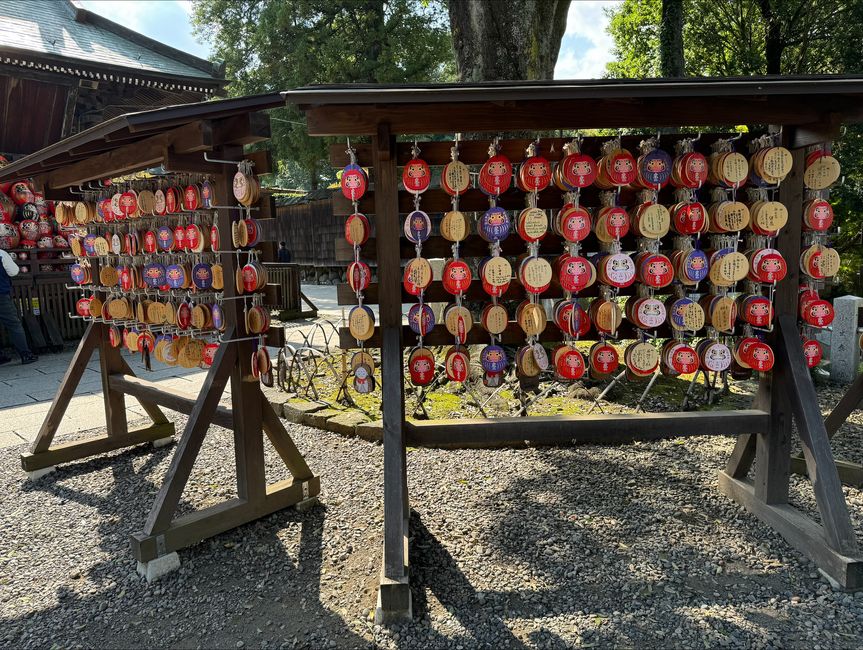

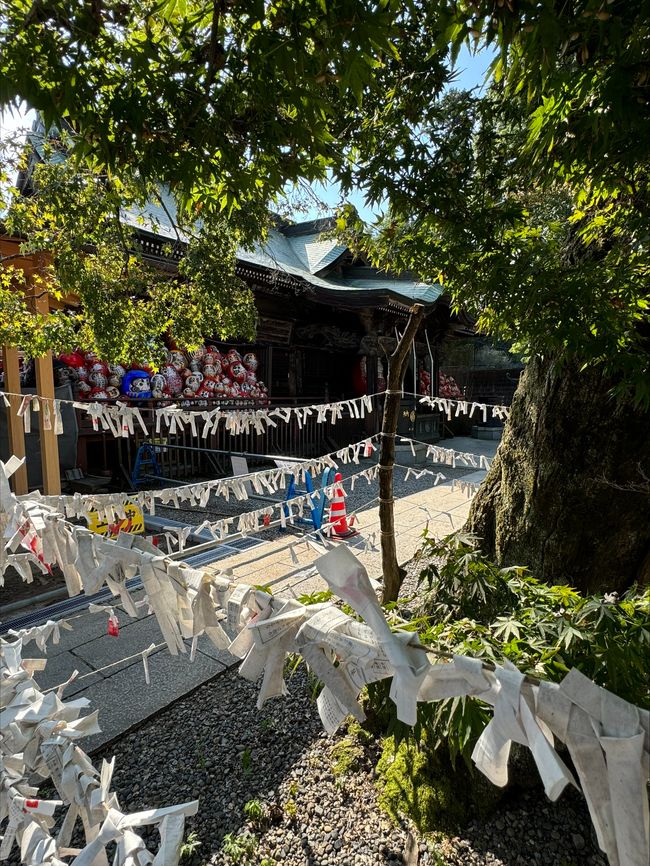
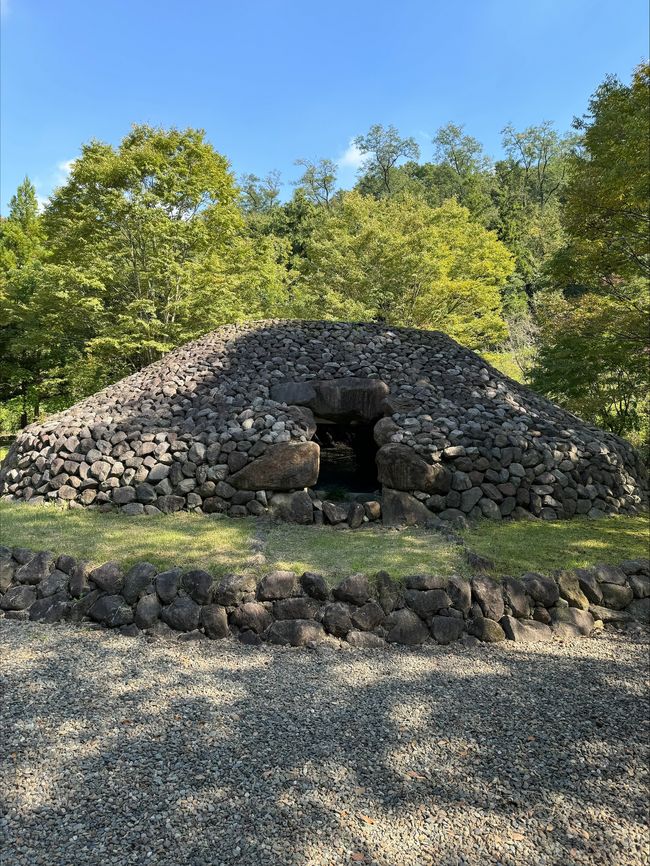
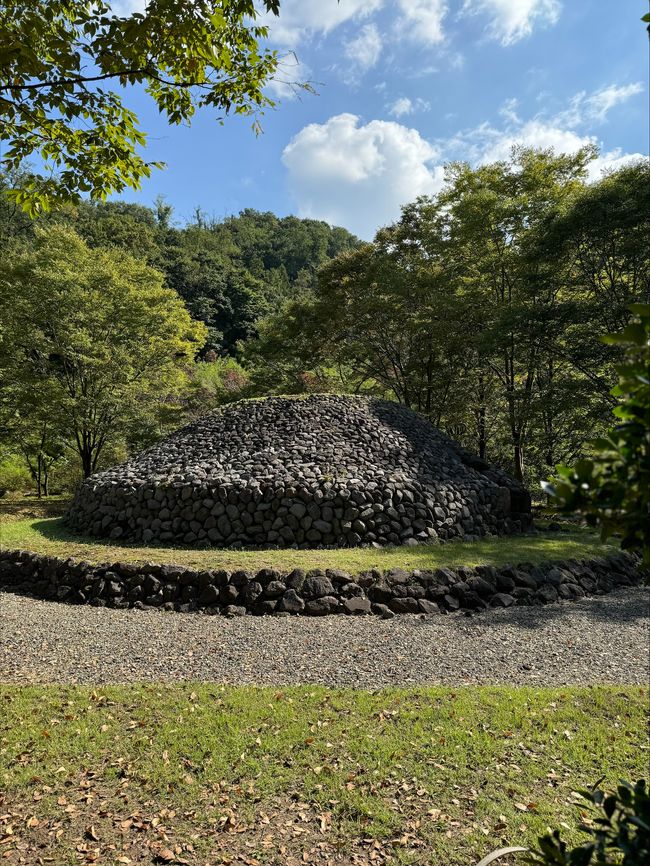
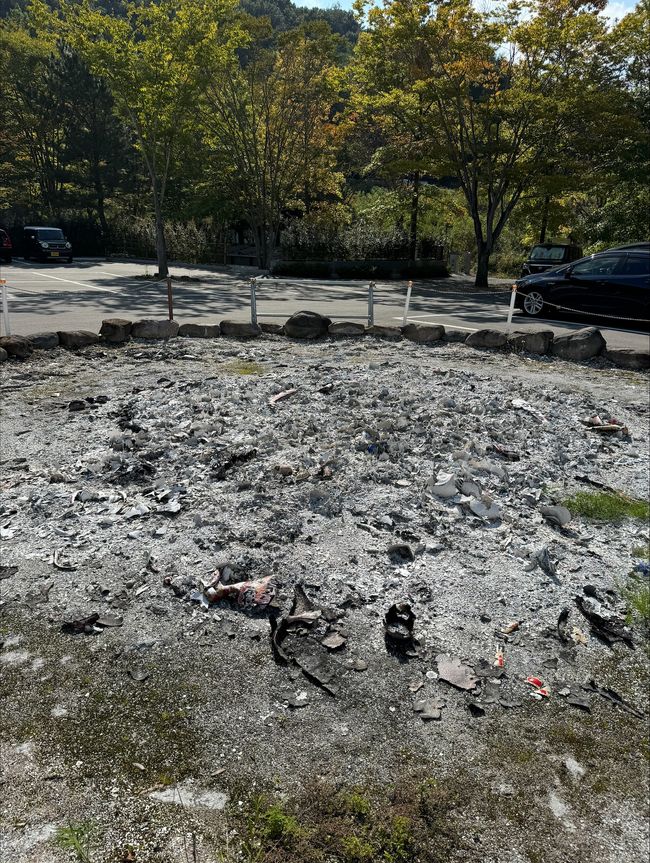
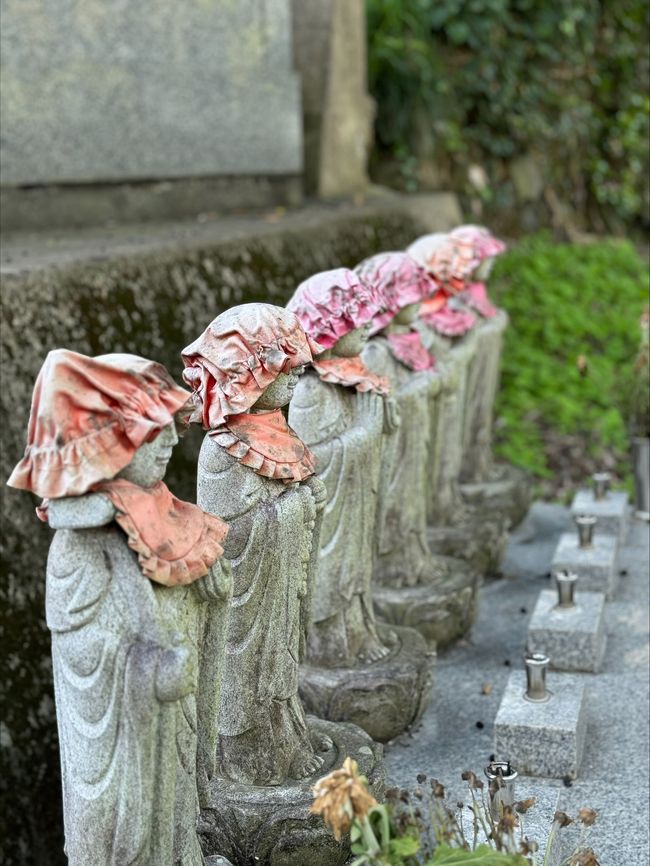
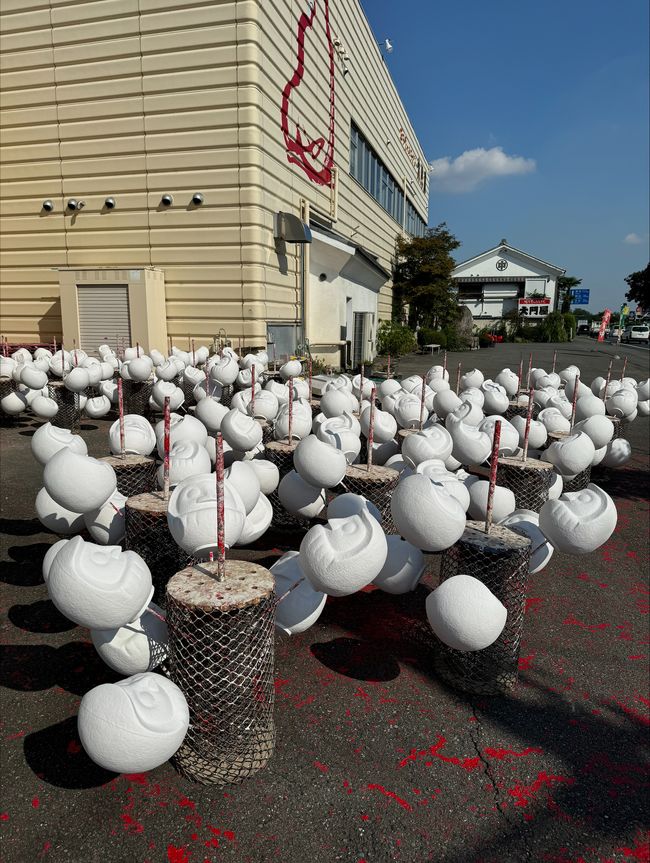
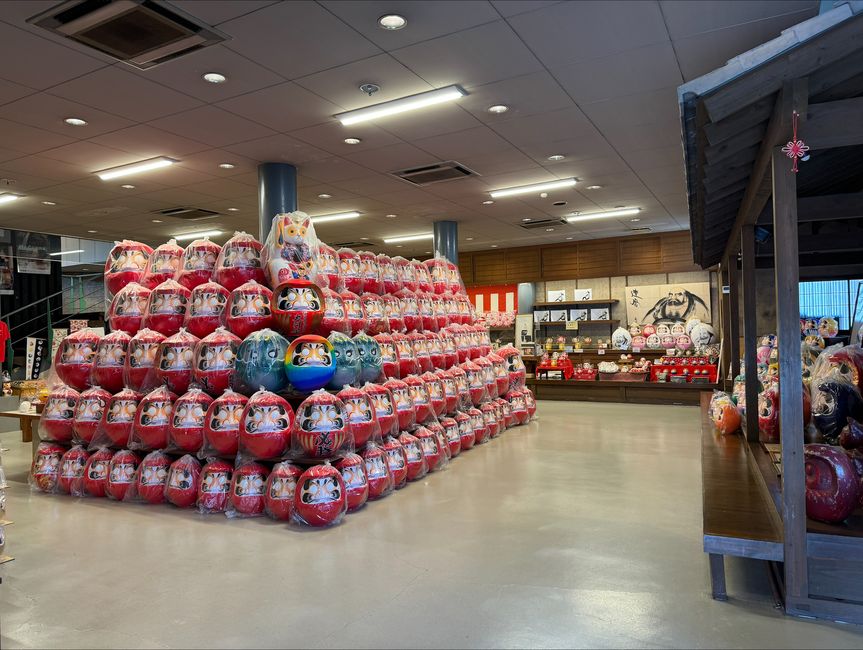
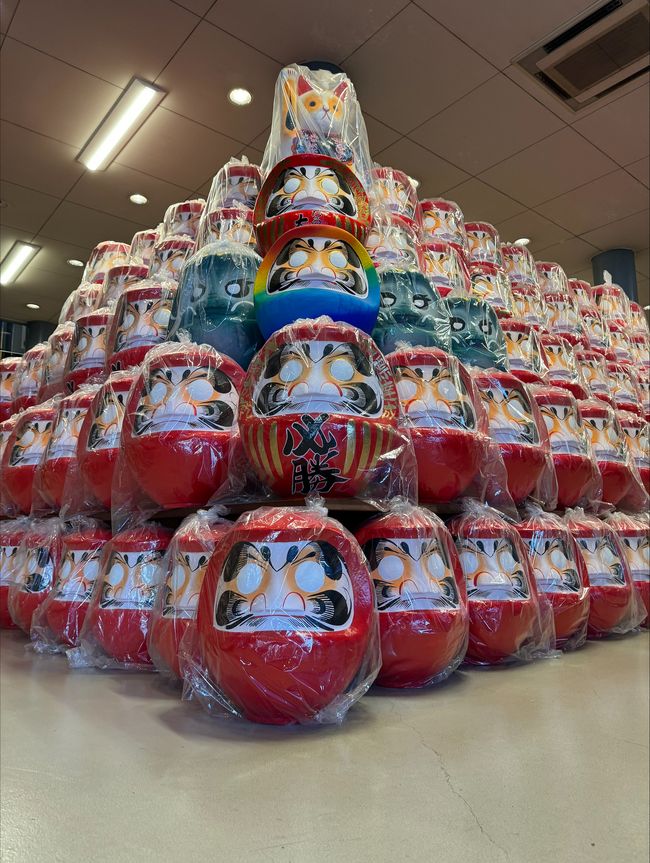
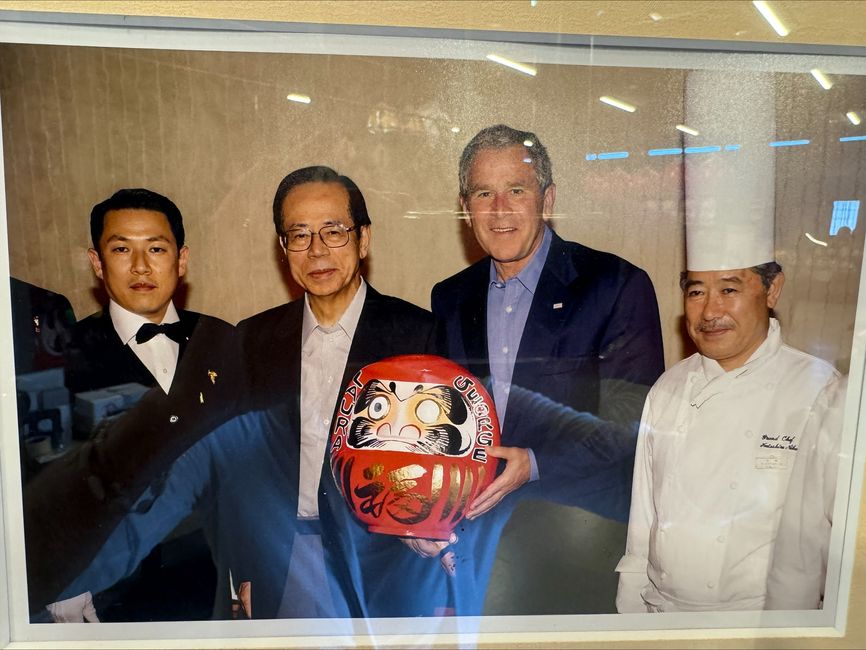
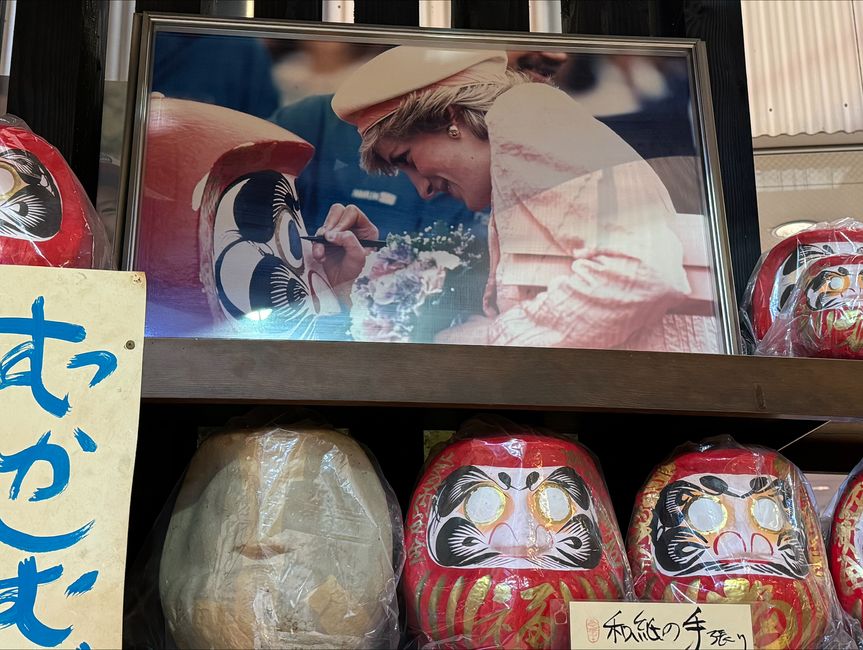
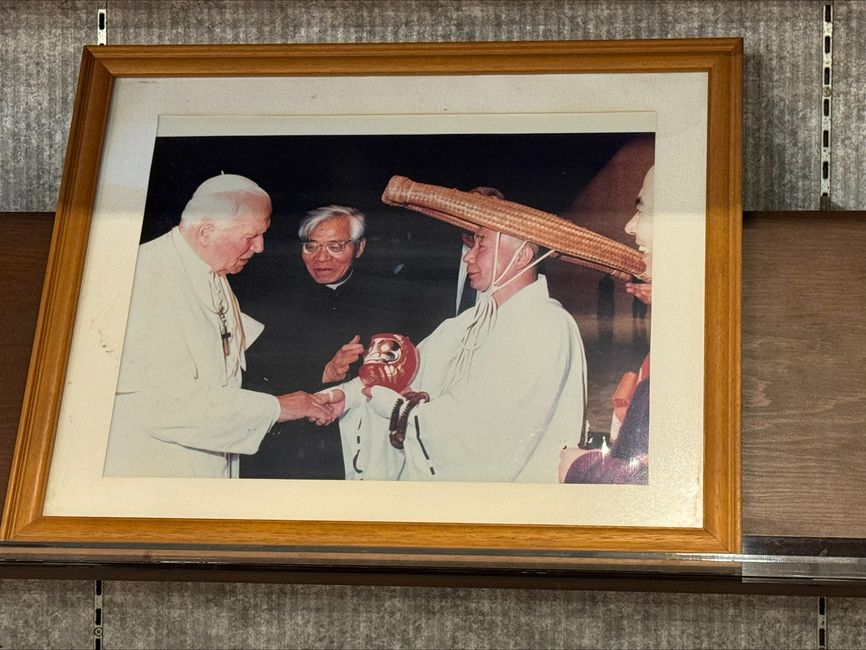
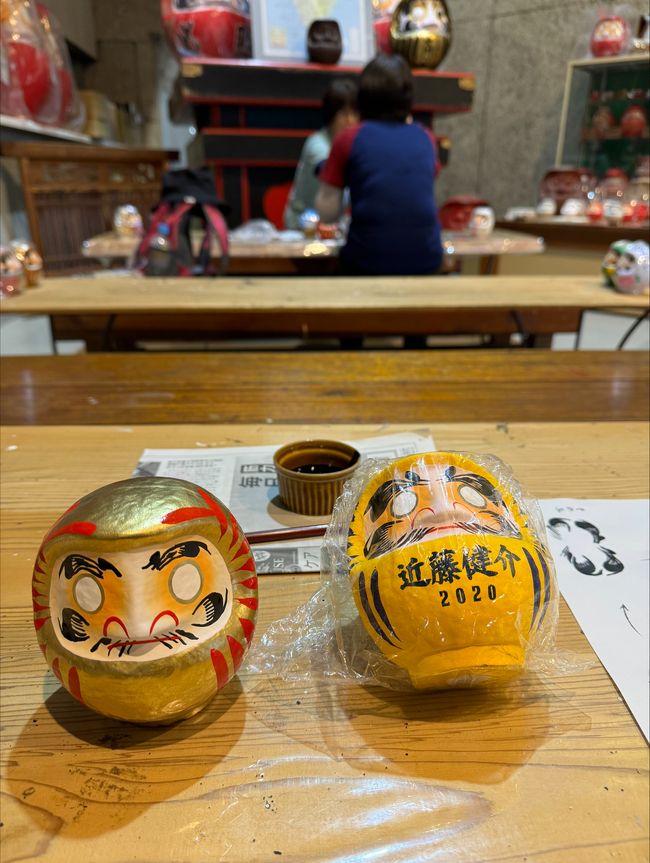
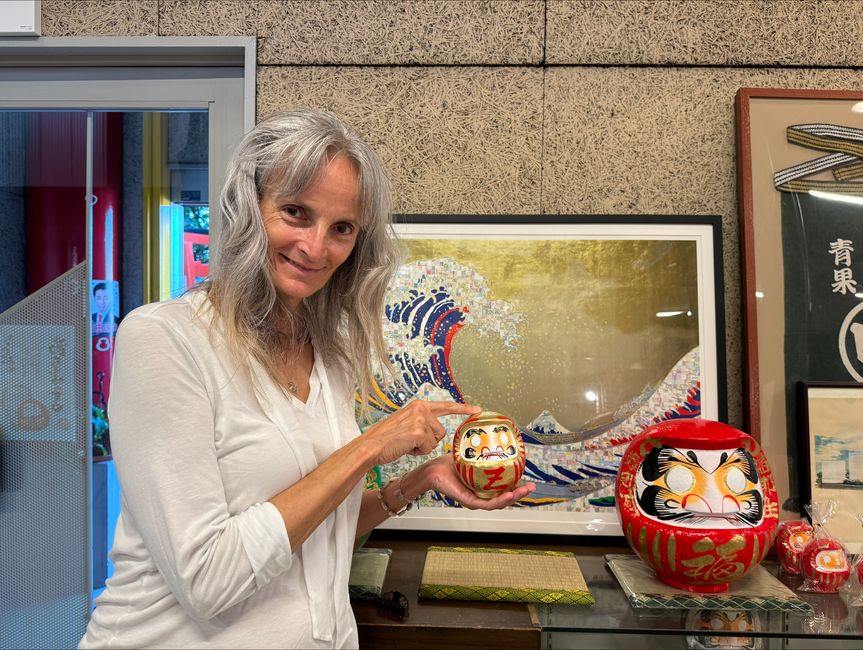
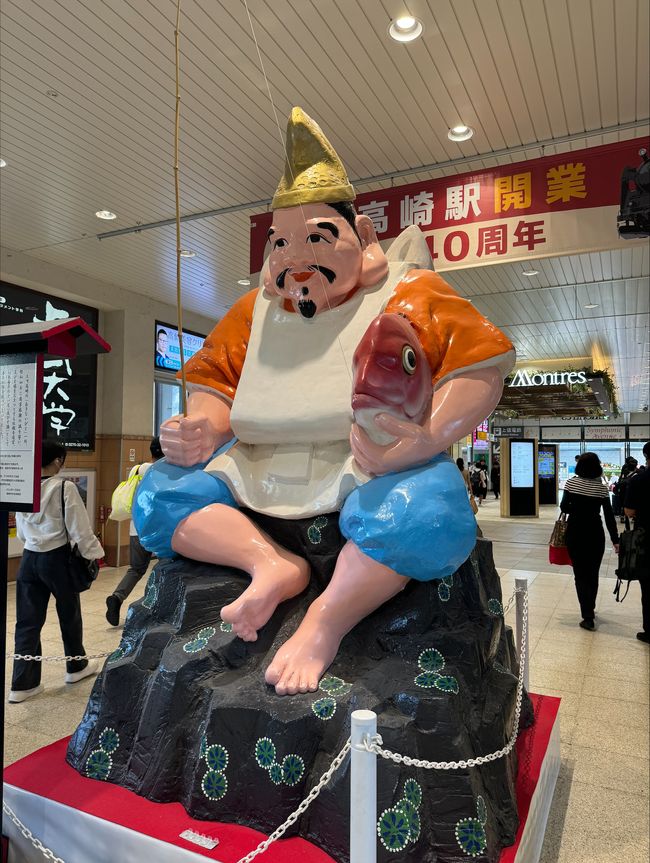
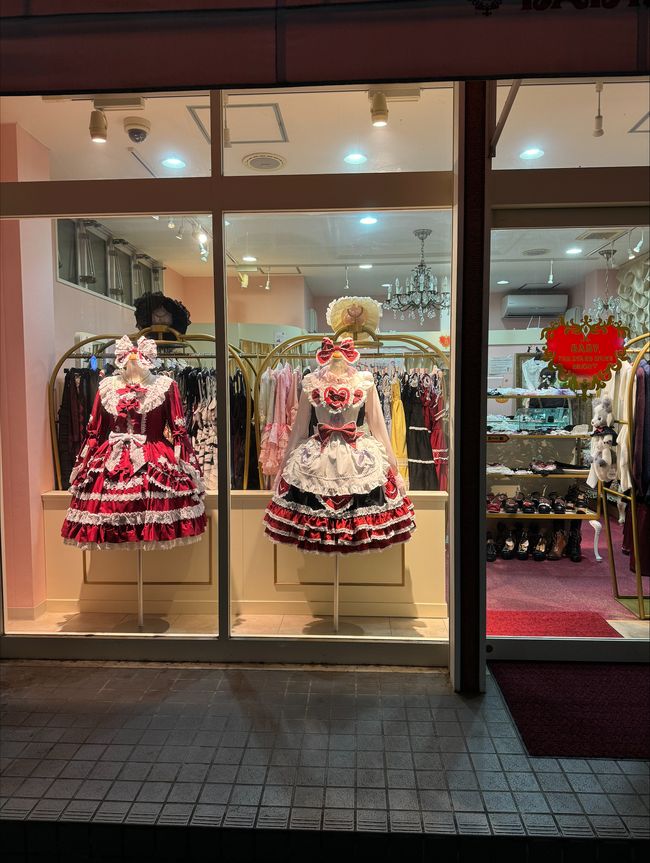
Langganan Newsletter
Theoretically today was a hiking day, but as I chose to “go with the flow” I opted out 😊
Instead I took the shinkansen to Takasaki my next stay over. My first thought as I stepped off of the shinkansen and into Takasaki Station was, that it could have been any medium-sized commuter town within a certain radius of Tokyo. It wasn't until a few minutes later, as I sped out of the city center on the JR Shinetsu Line, that the landscape opened up to reveal a broad plain and the silhouetted outline of distant mountains. I made my way to Shorinzan Darumaji Temple. Belonging to the Obaku school of Zen Buddhism, Shorinzan is best known for its association with daruma dolls - a popular handicraft and good luck charm found throughout Japan. Usually made from papier mache using a strong, fibrous traditional paper called washi, the figurines somewhat resemble Russian babushka dolls - a rounded figure tightly wrapped in a priestly robe, with a bearded face peeping out from under the hood. The character represented is the Bodhidharma - a legendary monk credited with bringing Buddhism to China, said to have sat in ceaseless meditation for a period of nine years!!
From the temple's elaborate main gate, I climbed a long flight of stone steps to the main building, called Reifudo, hundreds of daruma dolls big and small were piled high along its veranda, creating a unique and atmospheric appearance. From Shorinzan Darumaji Temple, I moved on to the master daruma craftsman Nakada Sumikazu. Here, I would be learning more about the significance of the daruma, and get the chance to decorate my very own piece. Taking a seat with a small group of other visitors, I listened as one of Daimonya's craftspeople further explained the traditions associated with the curiously shaped figurines. Originally sold at New Year's Festivals, they are intended to symbolize a particular wish or goal. Upon receiving the daruma, its new owner should first fill in its left pupil, representing the opening of one's mind, then display it within their home. When the goal is achieved, the right pupil can also be filled in, and the daruma eventually presented to a Buddhist priest to be burned as an offering. Our craftsperson then showed us how to paint on the eyebrows and mustache with a series of quick, seemingly effortless brushstrokes - a characteristic of the Takasaki Daruma - explaining that the shapes are based on those of a crane and turtle. After a few examples, including an easy and hard variation for each, it was time to give it a try. Somewhat embarrassed, I handed my piece back to the craftsperson, who wiped a few beads of ink from the doll's robe and signed my name in graceful katakana script, the brush darting with practiced ease… With my very own daruma safely boxed up, I returned Takasaki Station and on to the hotel.
Once checked in I was definitely ready to head out for my evening meal, and while the area around Takasaki Station is packed with restaurants of all kinds, I was especially keen to try a surprising local specialty - Italian style pasta! In fact, with Gunma being one of Japan's leading producers of wheat, pasta has become a unique source of pride and rivalry among Takasaki's restaurants, giving rise to the King of Pasta Competition held in the city every year!!
I went for a two-time winner and two-time runner-up of the coveted award in a casual setting just ten minutes from the hotel. I started with a sea bream carpaccio, topped with leafy salad and a light, citrusy dressing. For my main course, I ordered pasta with locally reared ham, served in a cream source with a dash of wasabi - the same dish that won the King of Pasta top prize in 2020. Much to my surprise it was divine, proper “al dente” and with a sip of wine, my day came to a happy close.
Langganan Newsletter
Wangsulan (1)
Jackie
Oh-a taste of pasta! You are missing the the dense fog of Baar with the glorious sunshine in unteraegeri (had to go up there for the tire change-winter is coming)!!!
Glad you went with the flow & had a day off walking!!!!